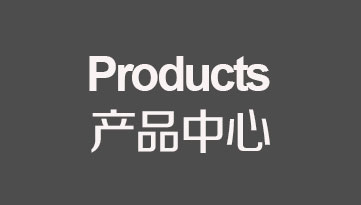When manufacturing new products, new packaging must be created as well. As products swiftly evolve, package design must keep pace, placing a limit on the time allowed for ingenuity. Packaging, especially for electronic products, can be a challenge for industries looking to increase their eco-friendliness and reduce their carbon footprint. Efforts to increase sustainability can help companies gain a stronger foothold in their market and more easily adhere to government regulations by catering to the earth-friendly desires of their own consumer market.
When delicate and sensitive products are at stake, creating sustainable packaging while maintaining a budget and strong market performance can be difficult in a quickly changing market. And many of the packaging materials most commonly used to create such packaging materials are toxic plastics such as polystyrene, which currently contributes up to 30% of the material in our landfills. Fortunately, alternative packaging is beginning to make its way into the common market.
Sustainable Packaging Methods
Sustainable packaging trends are on the rise as businesses find new and innovative ways to cater to new trends focused on environmentally-friendly company practices. These trends include limiting and downsizing current packaging, lowering the weight of packaging, increasing package recycling, recovering waste during packaging, reusing recycled content, seeking out and harvesting renewable sources of materials, and improving the design and logistics of packaging. Many new sources of packaging are being investigated, including glass, metal, paper, and various organic materials.
Mushroom Packaging
One surprising alternative to conventional packaging materials comes in the form of agricultural waste, aka Mushroom Packaging. This alternative is natural and can be designed to fit each specific product. The materials can be conformed to any shape, which allows them to compete with the less desirable polystyrene packaging. Mushroom Packaging is attractive, price-competitive, environmentally-friendly, resilient, compostable, non-abrasive, and USA-made. Mushroom Packaging has already found use in the packaging of industrial equipment, furniture, ceramics, glassware, automotive components, wine, and electronics (for example, Dell uses Myco Foam packaging for its servers), among others.
Molded Pulp
Molded pulp has been greatly successful in packaging electronics, and is most typically made out of old paper and newsprint. With a competitive price, 100% recyclable material, and customizable packaging solutions, this renewable resource is incredibly consumer friendly. This eco-friendly alternative also requires little space for shipping and storing. Molded pulp is exceptionally well received as it is both made from recycled materials and also can be recycled itself at the end of its application as a packaging product.
Corn
Corn is a common ingredient in many of our foods, and now it appears that corn has made its way into the product packaging market. Green Cell Foam is a biodegradable packaging product made from cornstarch. This product requires 70% less energy than petroleum based foams, is water soluble, and can even be composted. It's composed of cornstarch that is guaranteed to be GMO-free and made in the United States. Green Cell Foam is customizable and strong, and can be used to package computers, gaming consoles, windshields, video cameras, temperature-sensitive pharmaceuticals, aircraft parts, and many more products.



